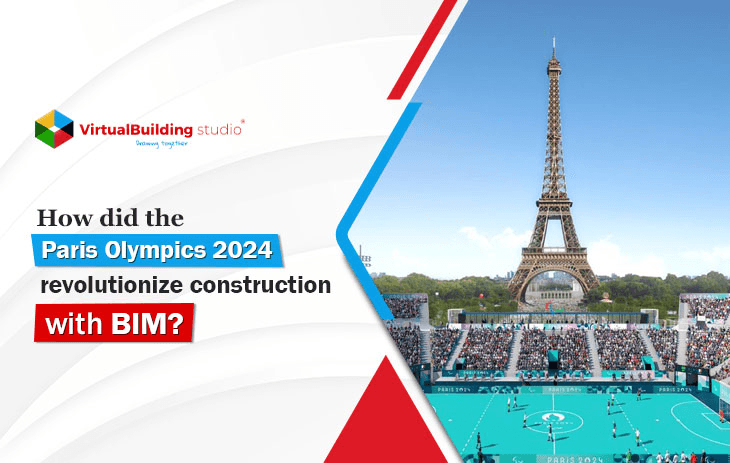
The Paris Olympics 2024 witnessed the closing ceremony of a record-breaking two-week showcase of enthusiasm and zest from various athletes. The Paris Olympics 2024 aimed, and has now claimed, to be one of the most sustainable games ever with an emphasis on reduced carbon footprint, reuse of resources, and redistribution of energy.
With around 35 stadiums hosting 15 million visitors, this grand undertaking required a strong built form and efficient planning to maintain these spaces throughout the games. Building Information Modeling (BIM) played a prominent role in positioning the 2024 games at the forefront of innovation infused with sustainability.
BIM significantly revolutionized how facilities were designed, built, managed, and operated. Paris Olympics 2024 contributed not only to a historic athletic session but also a groundbreaking process of conceptualizing and executing venues.
The Paris Olympics 2024 had a special focus on the architectural language and the process that transformed the city for the diverse selection of Olympic sports.
Paris embodies a range of architectural epochs, enabling the authorities to transform, convert, and restore heritage buildings, and use the existing venues from past sports events to construct temporary structures.
BIM Initiatives for the Paris Olympics 2024
Building Information Modeling (BIM) played an integral role in several key projects for the Paris Olympics 2024. The list of initiatives includes:
The Olympic Village:
It was designed to host 17,000 athletes during the games. The designers leveraged BIM to ensure an adaptable, flexible, and future-proof construction, facilitating the post-games reuse of the infrastructure.
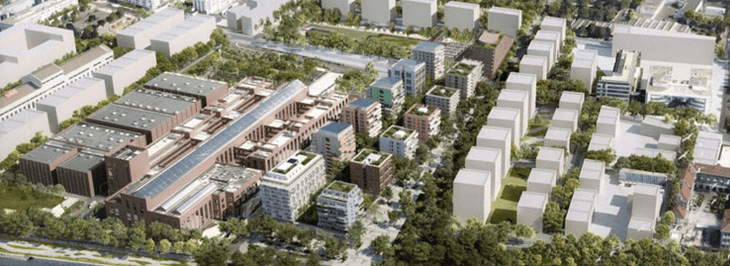
The design created an opportunity to deploy innovative solutions for the fixtures and fittings including geothermal systems for heating and cooling, green roofs, sensor detection, and wastewater treatment solution reusing water for watering plants. Both facade and structural elements use low-carbon concrete and timber, reducing the carbon dioxide emissions to 30% compared to a standard operation.
Plaza de La Concordia (Urban Sports Pavilion):
This avant-garde facility was designed to host skateboarding and sports climbing events with the integration of BIM.
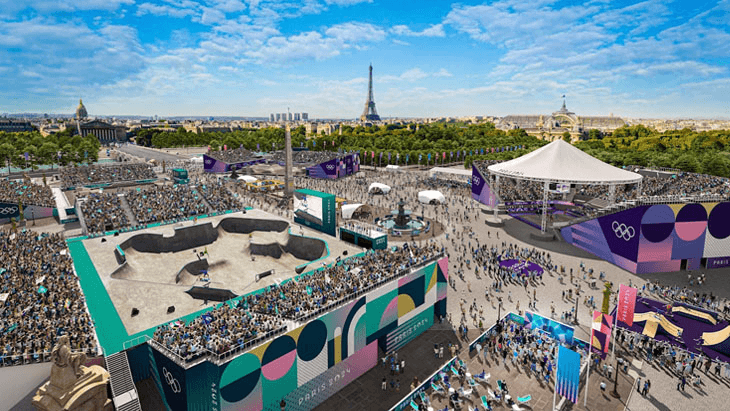
The use of BIM enabled the designers to create a built form that adheres to Olympic regulations and can be utilized by the local community after the games.
The State de France:
The national stadium of France was renovated for the Paris Olympics 2024, and hosted the opening and closing ceremonies, as well as the athletics finals.
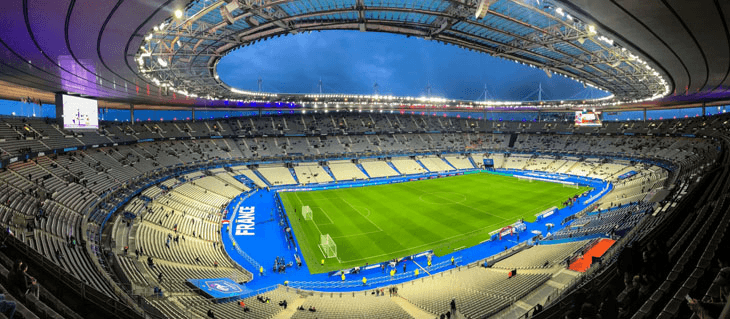
BIM played a critical role during the renovation process in planning the upgrades that ensured efficient and timely completion of the venue.
Aquatic Center:
It was a newly designed structure that hosted swimming, water polo, and diving events. BIM integration into the design of the venue ensured ease of accessibility and movement for individuals with disabilities.
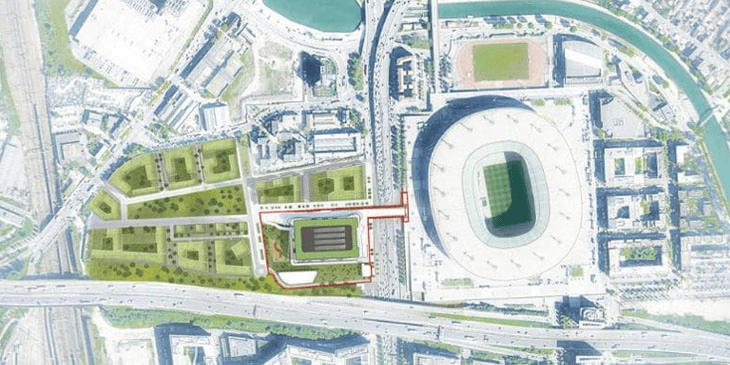
The rooftop of the center has a concave rooftop and a massive wooden structure which reduces the 30% of the air volume to be heated.
Shaping the Future of Building Construction with BIM
Building Information Modeling (BIM) software is an ideal approach to incorporate strategies to reduce, repurpose, and reuse venue design and execution. The BIM model provides a detailed design analysis, providing specific dimensions and material specifications to renovate existing structures and to build temporary structures.
The project team and management can visualize the building in three-dimensional space before final execution on-site to ensure desired results.
How was BIM integration beneficial for the Paris Olympics 2024?
The organization committee of the Paris Olympics 2024 has adopted BIM from the initial planning stages which offered several benefits which are as follows:
Seamless Collaboration and Communication
BIM integration fosters seamless collaboration and communication among project stakeholders by providing a unified digital model, minimizing misconceptions, and ensuring consistent efforts.
Since every team member is working on the same digital model, it is efficient for everyone involved to contribute effectively and smoothly to make amendments to the 3D model.
Enhanced Asset Management
BIM models are digital twins of the built form, enabling efficient facility management throughout the building lifecycle. The prior planning and idea about the building infrastructure management reduce maintenance costs and enhance operational efficiency.
Early Conflict Detection
BIM models run a thorough design analysis and enable the early identification of design conflicts, such as oversized beams, or pipe intersections. Error detection facilitates cost and time savings by reducing later-stage corrections.
Systematic Planning and Scheduling
Using BIM for project design and development facilitates the creation of detailed construction plans and scheduling different project phases. The pre-planning and scheduling help in reducing the project costs and ensuring timely delivery of the project.
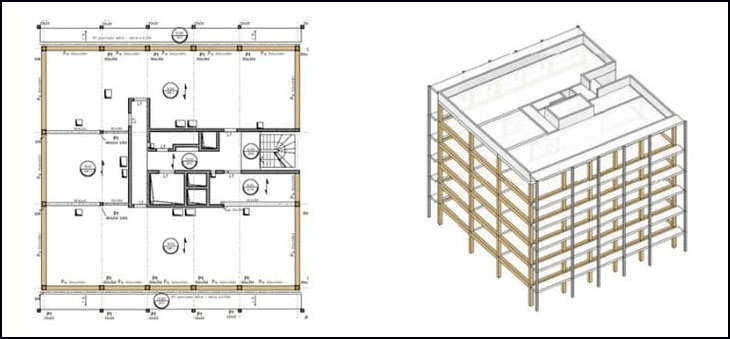
BIM integration optimizes the construction process by minimizing waste and energy consumption.
The project managers can leverage BIM to efficiently plan the transportation routes for materials and other resources.
Conclusion
The implementation of BIM at the Paris Olympics 2024 is not only setting a revolutionary benchmark for future sports events but also symbolic of the power of technology to transform the AEC industry.
The coming years will witness complex projects executed with efficient, sustainable, and collaborative approaches, influencing large-scale constructions.
For architects and construction professionals, staying updated with the latest developments in software and technology is imperative to maintain a competitive edge in the industry.
The AEC firms can adopt remote hiring methods to onboard skilled professionals acquainted with the latest technology like BIM and AI-powered tools. The Dedicated Resource Model (DRM) is one such model that can help AEC firms hire dedicated resources with detailed BIM knowledge to execute sustainable and energy-efficient projects.




